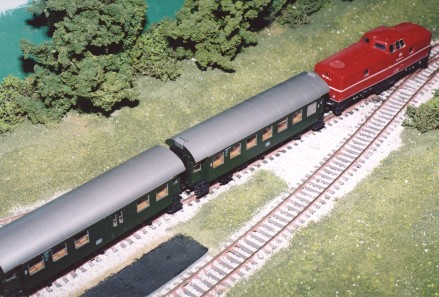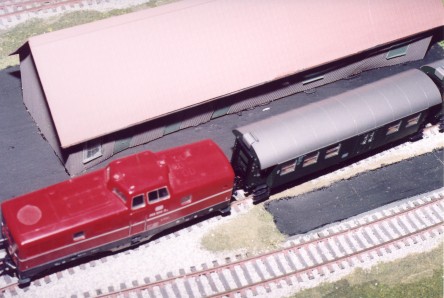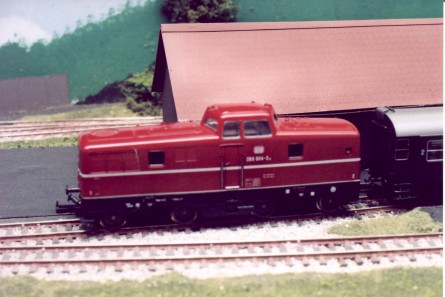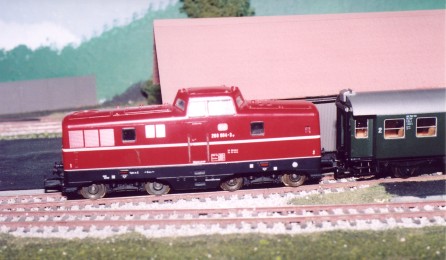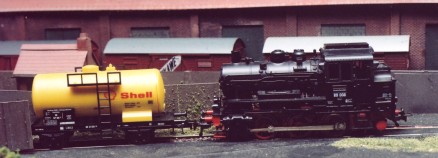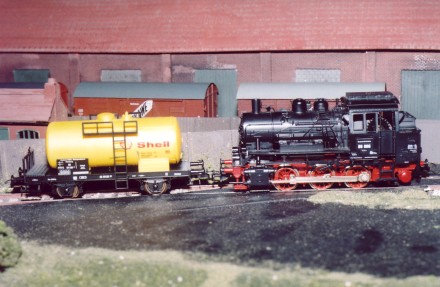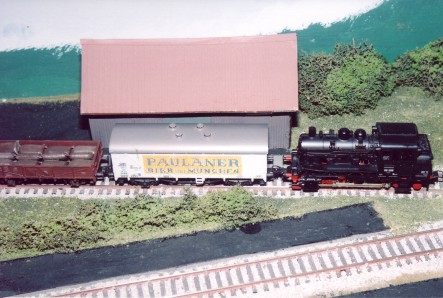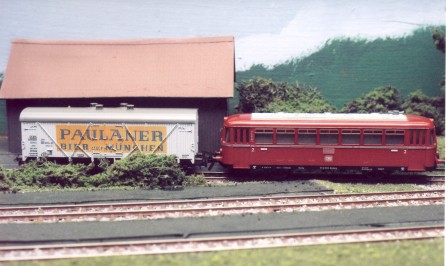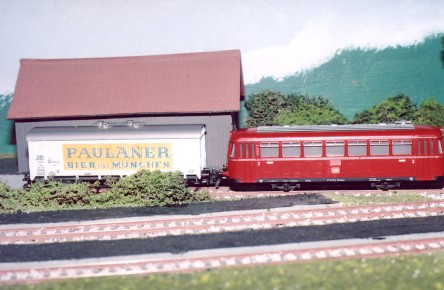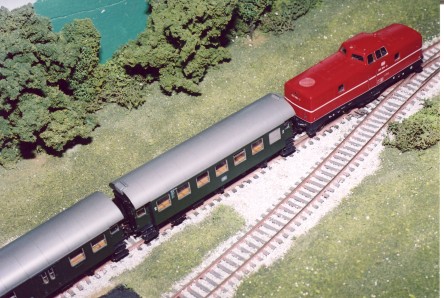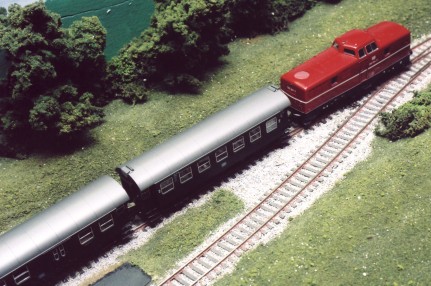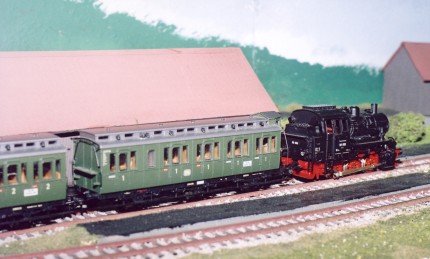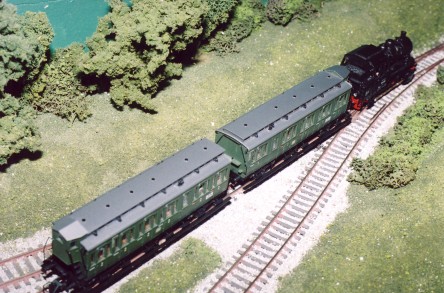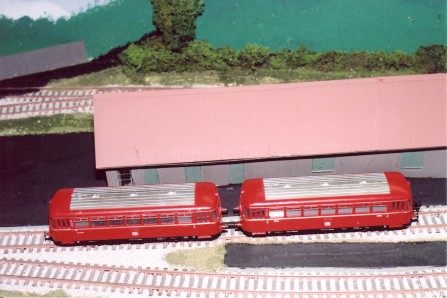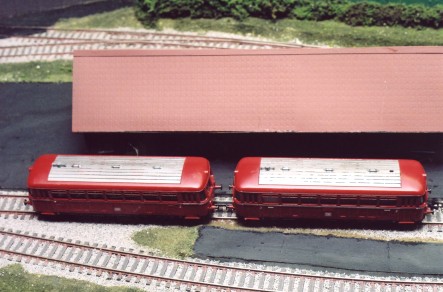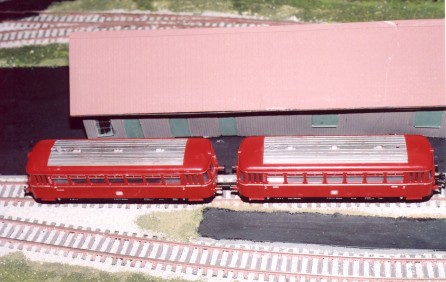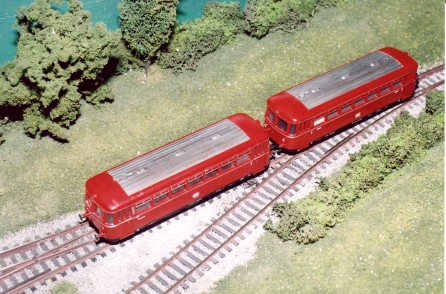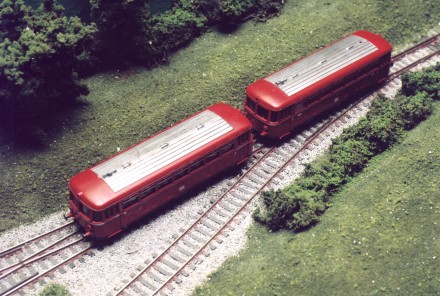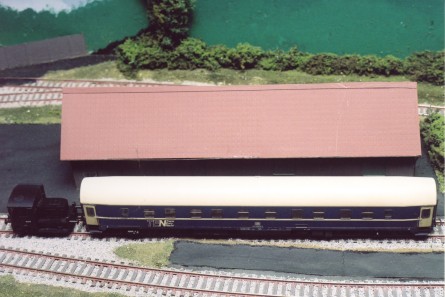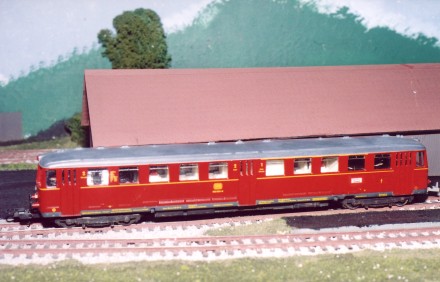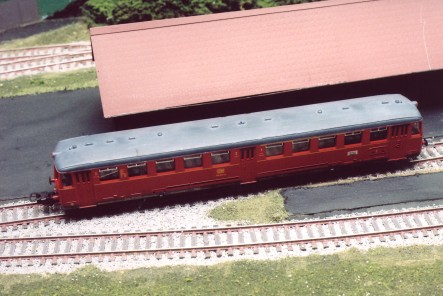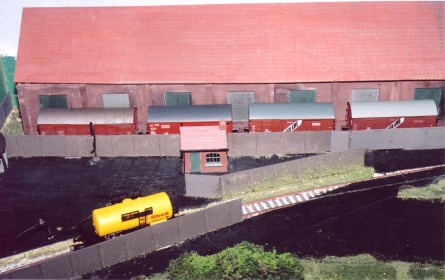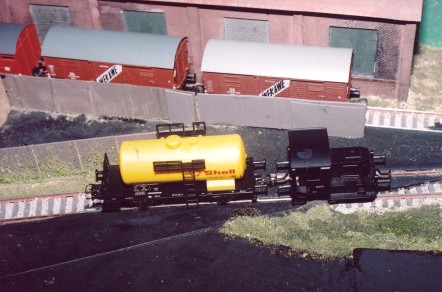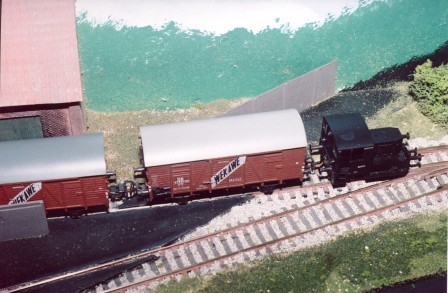Niedersimtem
H0, West German
Description
The wooded and
hilly Wasgauer is on the Franco-German Boarder west of
Zweibrüken. In both the late 1860’s and late 1930’s it was an
area of military tension. The Wasgauer Bahnen (Wasgau Railways)
were built in three phases. The initial phase in the late 1860’s
was to improve communications along the French boarder by
building a railway from Altheim to Bundenthal with branches to
Primasens and Munchweiler giving connections to the German
Railway network at Ixheim, Primasens, Munchweiler and Bundenthal.
In 1871, Germany emerged victorious from the Franco-Prussian War
and annexed Alsace-Lorraine and military funding ceased. This
left the Wasgau Bahnen in two sections Bundenthal to Schontal
and Altheim to Niedersimten with a connection to the German
Railway network at Ixheim. After a hard look at the situation it
was decided to not to build the two branches or the section
between Niedersimten and Schontal as these would be expensive to
build and operate and would be of little use without military
traffic. Resources were used to build a short branch to
Redelberg to help it develop as a spa and holiday town and to
extend south of Altheim to Petit-Rederching creating a link into
Alsace-Lorraine. In 1919 when Alsace-Lorraine returned to
France the link was cut but
was reinstated in the early 1940’s and remaining open as a minor
international line. The final phase was part of a 1930’s
economic regeneration program that converted a forest tramway
between Munchweiler to Lemberg into a railway. There are
frequent passenger services along all the lines local services
are mostly by railcars and through trains are loco hauled.
Freight is active serving the farms, mines, quarries and
industries in the area.
Bickenable Bahn is a minor
international line comprising part of the proposed Wasgauer
Bahnen (Wasgau Railways) mainline (Ixheim to Altheim) and an
extension to Petit-Rederching. In practice the cross-country
line west of Zweibrüken and its branches peripherally serve the
area that developed without the help of the Wasgauer Bahnen.
